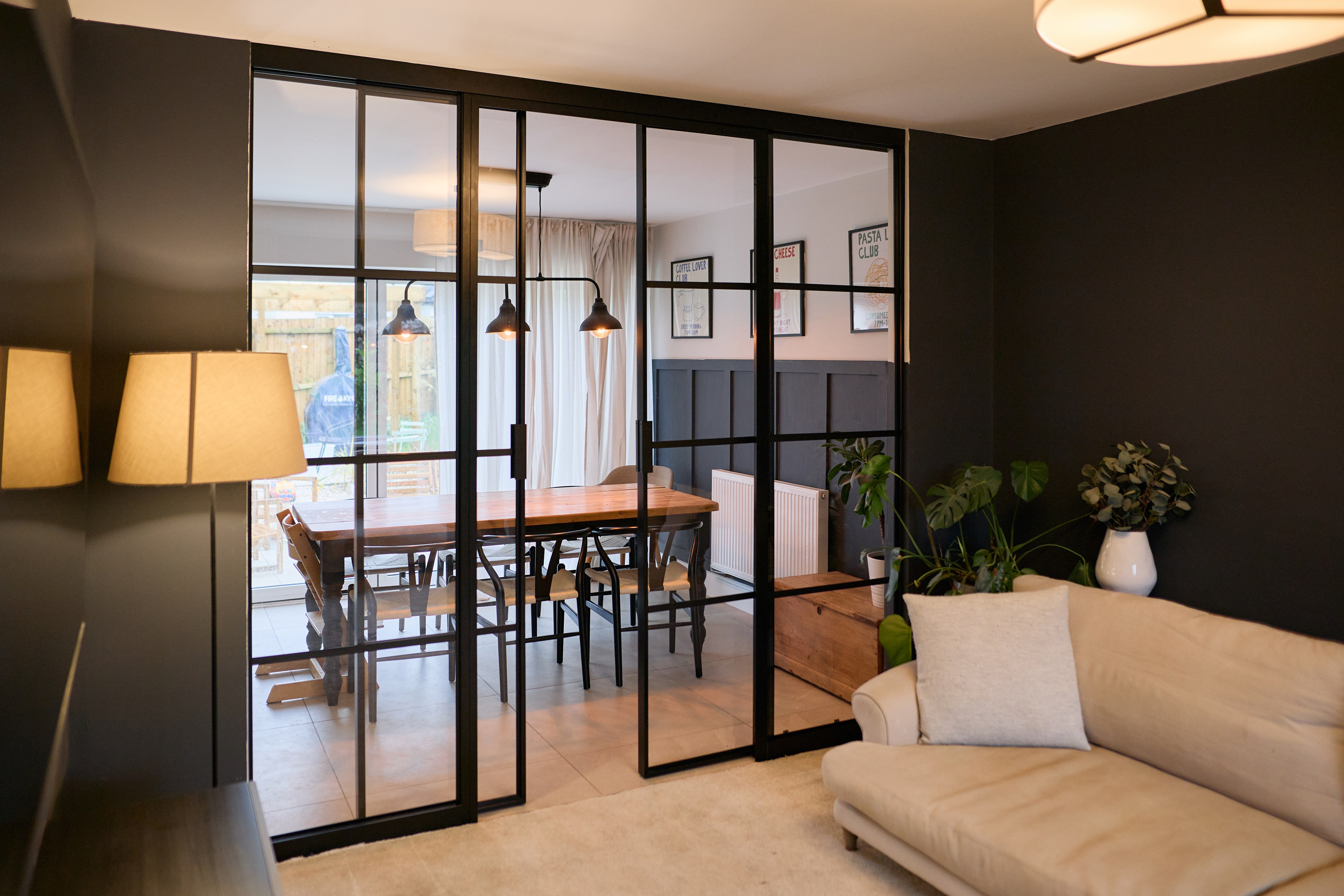What Are Conservation Windows?
-
 Sterlingbuild
Sterlingbuild - Ideas & Inspiration
- 25 May 2017
- 74views
- Reading time: 3 minutes
What Are Conservation Windows?
If you are lucky enough to live in an area of protected beauty and historical importance and you wish to renovate your home, you may be required to install
conservation windows.
In this blog, we explain what a conservation window is and where conservation areas are likely to be found.
Updated July 2023

What are Conservation Windows?
A conservation window is very similar to a standard roof window except for a handful of differences; black external finish, a glazing bar running down the middle of the glass and the window sitting flush with the roofing material. The interpretation of conservation can be very ambiguous and you will need to rely on the advice of your local conservation officer to ensure you meet local guidelines.
A
standard roof window
has grey external trims whereas the trims on a conservation window are black as standard. This allows the
conservation window
to replicate the traditional cast iron rooflights which were popular many years ago.
The black glazing bar fitted down the middle of the window is similar to cast iron Victorian glazing bars which separated the glazing panes on traditional rooflights. Today, roof window have the glazing bar fitted over the top of the glass. This gives the appearance of two glazing units instead of the one.
Fitting the window with a
recessed flashing
allows the window to be seen as sitting in line with the roofing material. The roof window is installed lower into the roof and will sit approximately 5-6cm lower in the roof than the standard flashing.
Over the last few years, many roof window manufacturers have argued that a standard roof window with a grey external finish would
actually look softer on the roof rather than a black finished window. Many conservation projects have natural slate as the roofing material which couples perfectly with the grey external finish.
In some parts of the UK, conservation officers will let you install a standard roof window with a grey external finish and add a
grey glazing bar
to the window. This will save you money when compared to purchasing the complete
conservation package
allowing you access to more size
and window options.
Always speak with your local conservation officer before making a purchase to ensure you are in line with the specific needs of your project.

What is a Conservation Area?
A conservation area is a specific part of a town or village that is considered worthy of preservation due to its historical interest.
The key aspect of a conservation area is to protect its quality and special interest instead of focusing on specific buildings. Specific features in a conservation area, including roads and trees, are considered before implementing to make sure they fit into the overall landscape of that conservation area.
A conservation roof window’s main aim is to not look out of place in a conservation area. In worst case scenarios, if your local conservation officer hasn’t signed off your installation and the officer deems it not suitable
for your conservation area, you will be asked to remove it. This is why it’s very important to consult with your local conservation officer prior to installation to help you understand what type of roof window you can install on your roof.
Do You Live In A Conservation Area?
According to Historic England, there are approximately 10,000 conservation areas in England alone. To understand whether your home resides in one of these areas, it is essential that you contact your Local Planning Authority for absolute confirmation before undertaking any projects. To gain a rough idea as to some of the conservation areas in England, view this interactive map by Magic and see if your home may be affected by conservation area restrictions.
If you have any questions about conservation roof windows, please
contact our friendly team of experts
who will be more than happy to help you on
0208 830 7000.
Also see-
Contemporary Conservationism- Home Extensions in a Conservation Area








